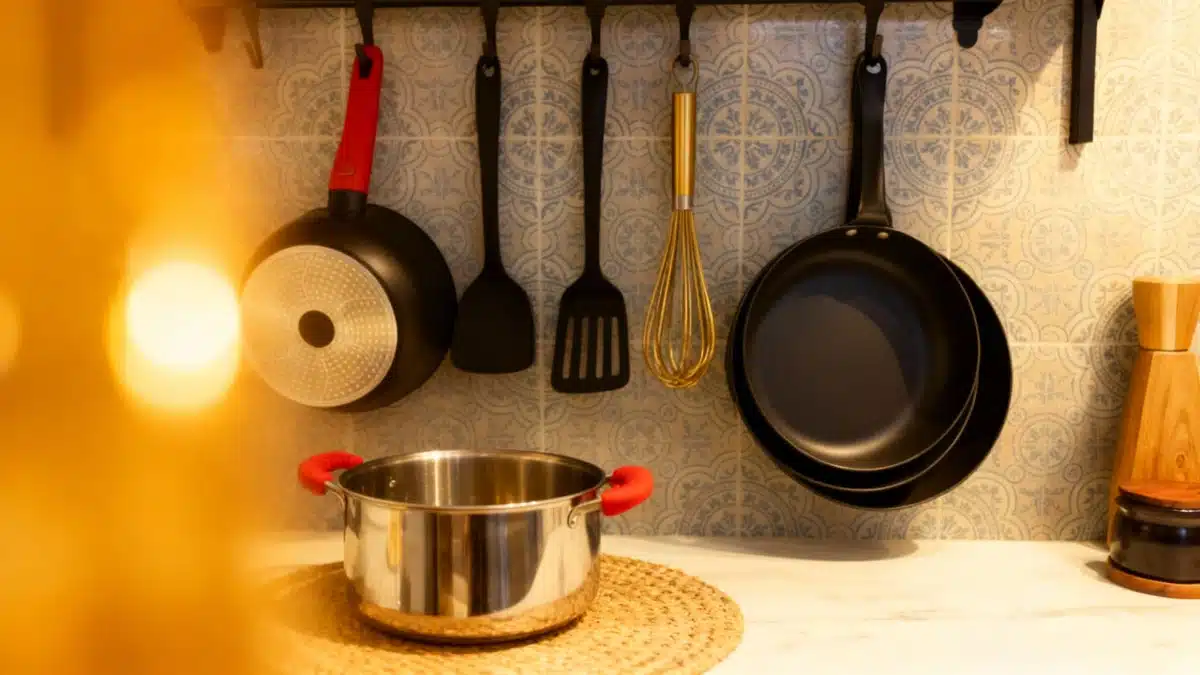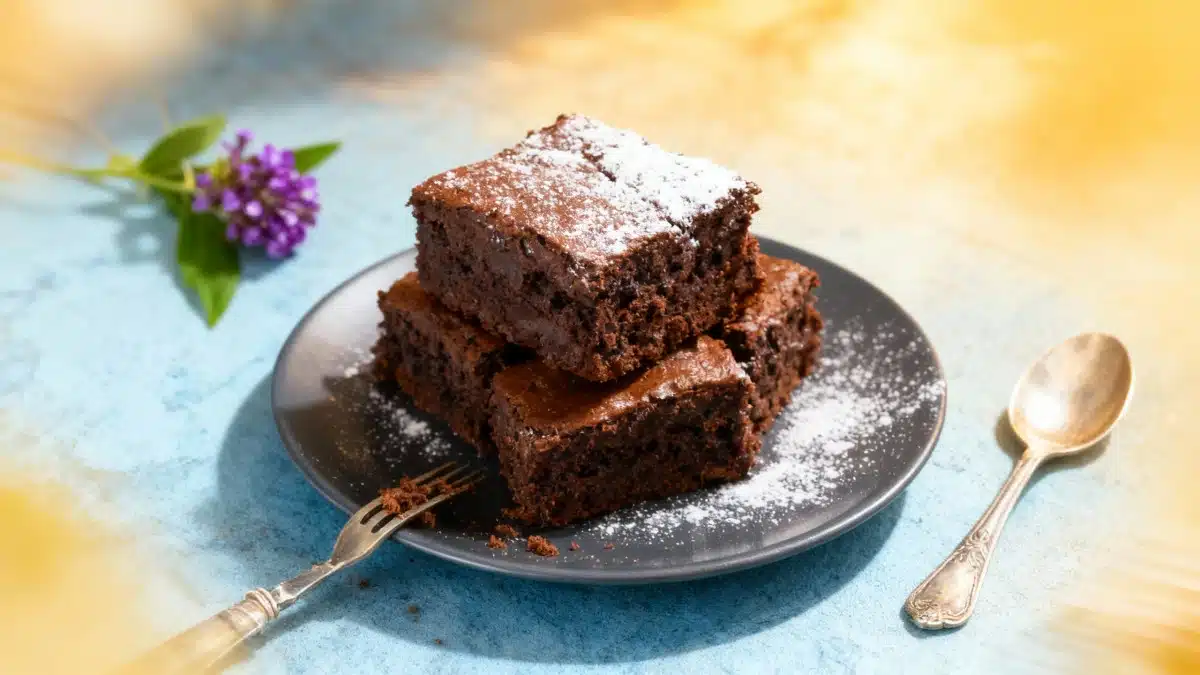Ever looked at your kitchen pan and wondered if it’s secretly plotting something against your health? You’re not alone. Choosing the safest pan for your favorite recipes can feel like navigating a culinary jungle—with danger (or at least weird chemicals) lurking behind that innocent non-stick sheen.
Non-Stick Pans: Beloved, But Under Scrutiny
For generations, non-stick pans have been the unsung heroes of our kitchens. Thanks to their PTFE (you might know it as Teflon) coating, eggs slide like skaters on ice and crêpes make a flawless exit every time. They’re every home cook’s trusty sidekick. Yet, lately, a shadow hangs over these handy pans: the lurking presence of substances called PFAS.
PFAS are chemicals used in manufacturing many non-stick pans. The trouble? They’ve earned the nickname “forever pollutants” because they don’t really go away—ever. They can accumulate both in the environment and in our bodies and have been linked to various health troubles. Suddenly, flipping pancakes isn’t as carefree as it once was.
PFOA-Free? That’s Just Part of the Story
Manufacturers have heard the worried whispers and now proclaim, often loud and proud, that their products are PFOA-free. PFOA is one of the most problematic PFAS and its absence is good news. But is that the end of the story? Not quite.
- There are still other PFAS that might be hiding in your pan, sometimes under less familiar names.
- For the average home cook, figuring out if a pan is truly free from all these substances is a bit like decoding a treasure map—with fewer pirates, but more chemistry degrees required.
So how do you know what’s really in your pan? Spoiler alert: it’s hard to be 100% sure without a lab coat and a microscope.
Ceramic and Stainless Steel: The New Contenders
Faced with these concerns, manufacturers have rolled out alternatives. Ceramic pans—especially those with sol-gel coatings—are promoted for bringing the magic of non-stick with none of the PFAS. Sound like a dream? Maybe. But before you toss all your old pans, there’s a catch: the process that makes these pans non-stick is often a well-guarded secret. Transparency is not always on the menu, so you may never know if another type of chemical is hiding in the wings.
On the flip side, stainless steel pans are often cited as an excellent alternative. Here’s why they’re gaining ground:
- Robust and long-lasting: No worrying about scratching off coatings or mysterious substances flaking into your food.
- Safe from chemical risks: There are no PFAS or questionable coatings involved—just good, old stainless steel.
- Healthy cooking and easy care: They may not rival Teflon in non-stickiness, but they deliver reliable results with simple maintenance and no risk of contamination.
Of course, you might need to practice your sautéing skills—pancake acrobatics just got real—but you’ll sleep easier.
Takeaway: Choose Wisely, Cook Happily
Finding your ideal pan isn’t a decision to make lightly. While easy cooking is a delight, your family’s safety should always come first. The key? Pay close attention to the materials used and seek transparency from brands—don’t be afraid to ask questions or read the fine print. Doing so means you can whip up your favorite dishes with peace of mind, confident you’ve put health first.
Are you ready to take the leap and explore safer options for your next culinary adventure? Your omelets—and your well-being—will thank you!

John is a curious mind who loves to write about diverse topics. Passionate about sharing his thoughts and perspectives, he enjoys sparking conversations and encouraging discovery. For him, every subject is an invitation to discuss and learn.






